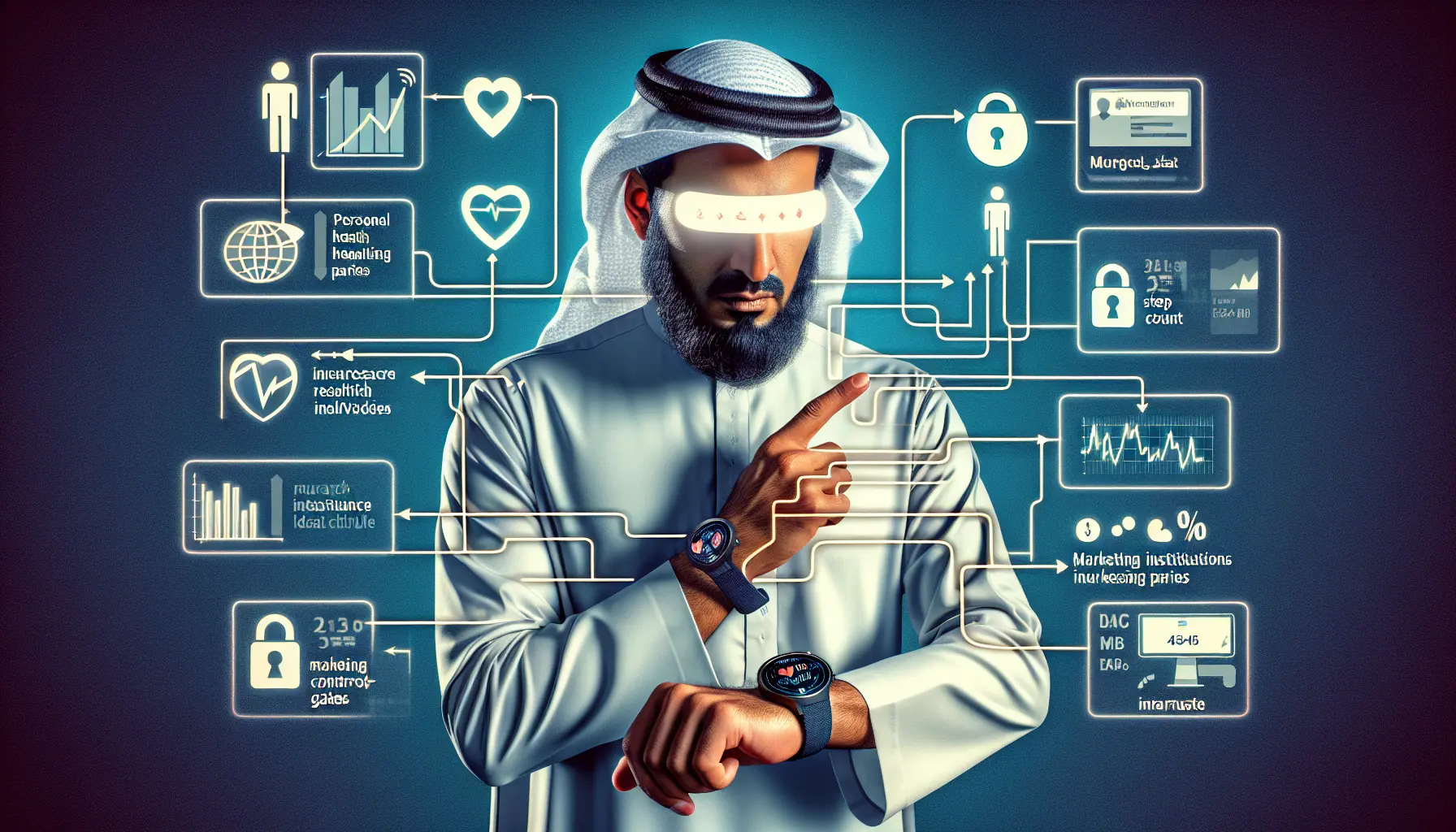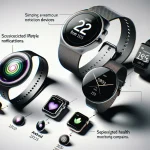
Understanding Wearable Tech Privacy: Navigating Data Security in Smart Wearables
Estimated reading time: 10 minutes
Key Takeaways
- Wearable devices present new privacy challenges: They collect vast amounts of personal health data.
- Lack of user awareness: 87% of users don't fully understand what data is collected or how it's used.
- Continuous data collection: Wearables create detailed digital records through constant monitoring.
- Data access and control issues: Users often lack control over who accesses their data and how it's used.
- Practical steps can enhance privacy: Reviewing settings, updating regularly, and understanding policies help protect user data.
Table of Contents
The Privacy Challenge of Modern Wearables
With over 1.1 billion people now using wearable devices worldwide, the conversation around privacy and data security has never been more critical. These smart accessories collect unprecedented amounts of personal health information—from heart rhythms to sleep patterns and daily movements. But what happens to all this intimate data?
Recent studies show that 87% of wearable users don't fully grasp what information their devices gather or how companies use it. This knowledge gap creates serious privacy vulnerabilities that affect millions who rely on these devices for health monitoring and fitness tracking.
For insights into enhancing the safety and connectivity of wearable devices, see Wearable Tech for Kids: How to Enhance Safety, Connectivity, and Healthy Habits.
What Makes Wearable Technology Unique?
At their core, wearable devices are sophisticated sensors we voluntarily attach to our bodies. Popular examples include:
- Fitness trackers that monitor physical activity
- Smartwatches with health monitoring capabilities
- Medical devices like continuous glucose monitors
- Smart clothing with embedded sensors
These devices collect highly personal biometric data including:
- Heart rate and rhythm patterns
- Blood oxygen levels
- Sleep cycles and quality
- Location data through GPS
- Activity patterns and exercise habits
This level of continuous health monitoring creates unique privacy considerations that go beyond traditional consumer electronics.
Core Privacy Concerns in Wearable Technology
Several critical privacy issues demand attention:
Continuous Data Collection
Unlike smartphones that we can put down, wearables maintain constant contact with our bodies, generating an uninterrupted stream of personal health data. This creates a detailed digital record of our physical existence, often without users realizing the extent of this surveillance.
Data Access and Control
Many users lack meaningful control over their information. While companies encrypt data during transmission, questions remain about:
- Who can access stored health records
- How long companies retain personal data
- Whether users can truly delete their information
- What happens to data if a company gets acquired or goes bankrupt
Ensuring robust data security is essential. Explore The Best Cybersecurity Tools: Top Picks and Expert Recommendations for 2024 for effective solutions.
Third-Party Data Sharing
Companies frequently share user data with:
- Marketing partners
- Research institutions
- Insurance companies
- Healthcare providers
Often, this sharing occurs through complex networks of partnerships that users can't easily track or control.
For a deeper understanding of emerging cybersecurity risks, refer to Cybersecurity Threats 2025: Latest Threats and Prevention Strategies.
Current Security Measures in Wearable Devices
Modern wearables implement several security features:
Data Encryption
Most devices now use advanced encryption for:
- Data stored on the device
- Information transmitted to smartphones
- Cloud storage systems
Access Controls
Manufacturers implement:
- PIN/password protection
- Biometric authentication
- Two-factor verification for sensitive features
Enhancing your overall digital security can also involve securing your home network. Learn how in How to Secure Your Home Wi-Fi: Simple Steps for Maximum Security.
Practical Steps for Protecting Your Privacy
Take these actions to secure your wearable device:
Review Device Settings
- Check privacy options in both device and companion app settings
- Disable features you don't actively use
- Turn off location tracking when unnecessary
- Review and limit third-party app permissions
Update Regularly
- Install security patches promptly
- Update companion apps when available
- Check for firmware updates monthly
The Future of Wearable Privacy
Privacy protection in wearable technology continues to evolve through:
Advanced Security Features
- Local data processing to reduce cloud dependence
- Improved encryption standards
- Better user control interfaces
Regulatory Changes
- Stricter data protection laws
- Industry-specific privacy standards
- Enhanced user rights regarding personal data
Stay informed about the latest cybersecurity trends with Cybersecurity Threats 2025: Emerging Risks, Trends, and Prevention Strategies.
Making Informed Choices
Before purchasing a wearable device, consider:
- The manufacturer's privacy track record
- Available privacy controls and settings
- Data retention and sharing policies
- Security update frequency
Your health data deserves protection. By understanding these privacy considerations and taking active steps to secure your information, you can better protect your personal data while benefiting from wearable technology's advantages.
Frequently Asked Questions
What types of personal data do wearable devices collect?
Wearable devices collect various types of personal data, including biometric information like heart rate, blood oxygen levels, sleep patterns, location data, and activity habits.
How can I protect my privacy when using a wearable device?
You can protect your privacy by reviewing device settings, disabling unnecessary features, updating software regularly, and being cautious about data sharing permissions.
Can companies share my data with third parties without my consent?
Some companies may share user data with third parties through complex partnerships. It's important to read the privacy policies to understand how your data may be used and shared.
What should I look for when choosing a wearable device to ensure my data is protected?
Consider the manufacturer's privacy track record, available privacy controls, data retention policies, and frequency of security updates when choosing a wearable device.









